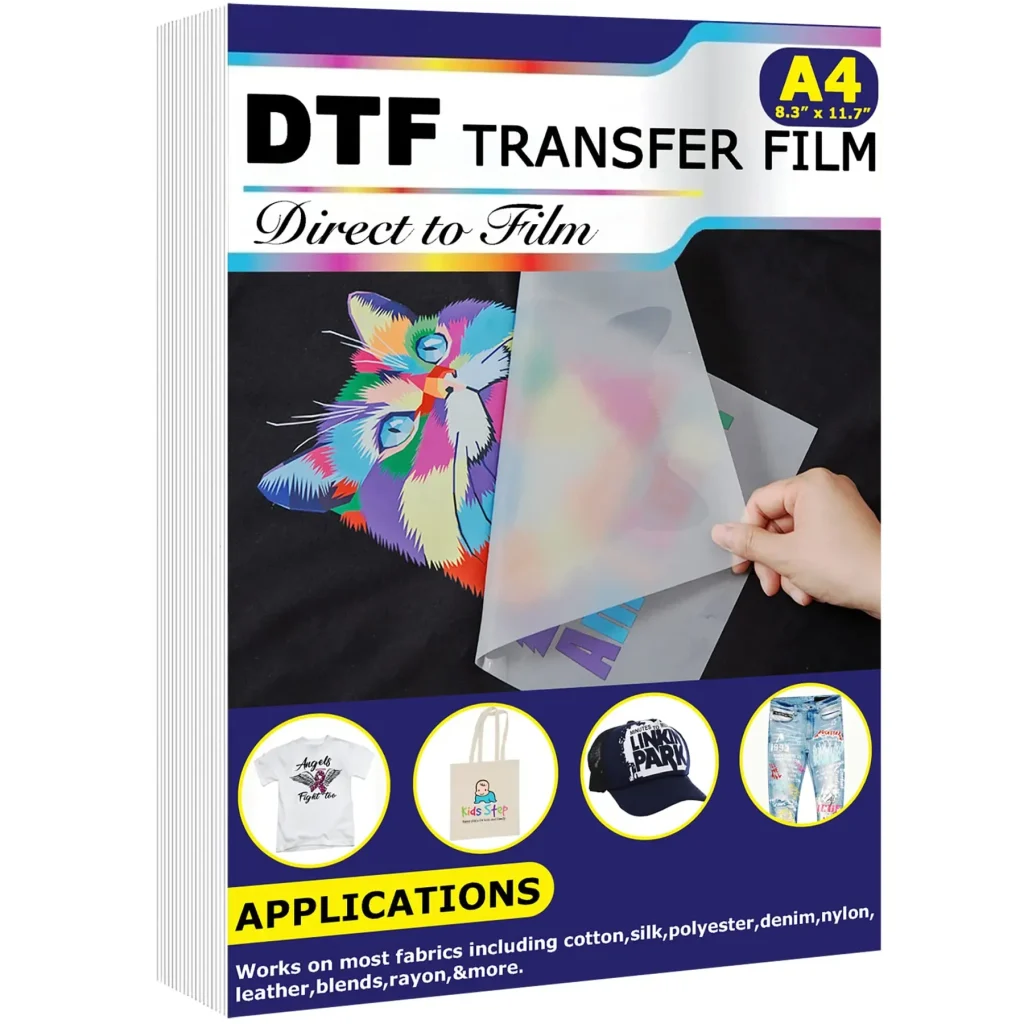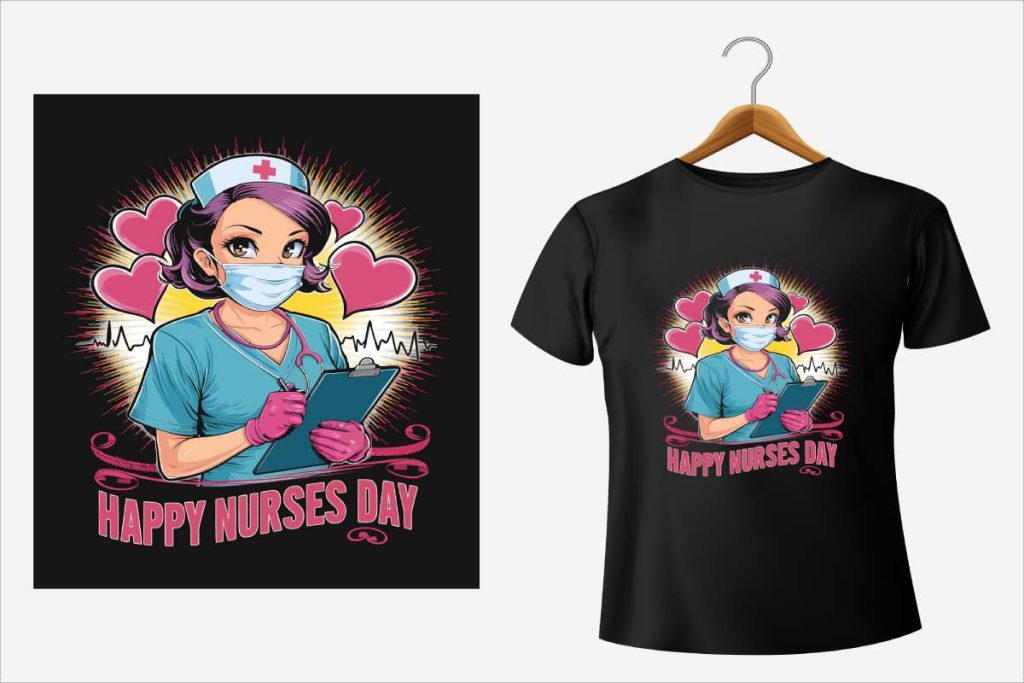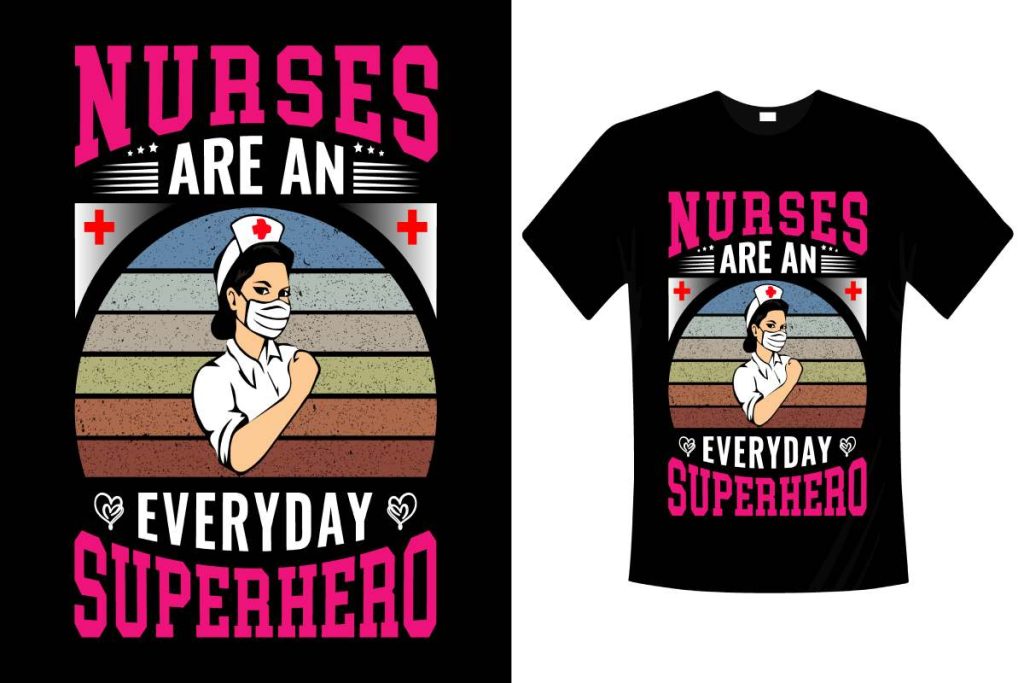DTF transfer film is a game-changer in the realm of digital printing, allowing creators to bring vivid designs to life on various fabrics with incredible precision. As DTF printing continues to gain traction for its versatility and stunning results, knowing how to choose the right film is crucial for achieving top-quality prints. With an abundance of options available, it’s essential to understand key factors such as DTF film quality, compatibility with inks and printers, and the specific needs of different fabrics. This guide will delve into the best DTF transfer films available on the market and provide insights into maximizing your printing projects. By focusing on these critical elements, you’ll ensure that every print not only looks fantastic but also stands the test of time.
In the world of textile printing, Direct-to-Film (DTF) films are essential components that enable seamless transfer of designs onto garments and textiles. These films act as an interface, ensuring that digital artwork is beautifully printed onto a variety of materials while maintaining durability and vibrancy. When considering the best choices for your creative projects, it’s important to examine factors such as print technology compatibility, film quality, and the types of fabrics you’ll be using. Additionally, understanding how to navigate the options available can empower you to make informed decisions that enhance both the aesthetic appeal and longevity of your designs. Whether you’re a seasoned printing professional or just starting out, using the right transfer films can elevate the quality of your projects significantly.
Understanding DTF Transfer Film Quality
When choosing the right DTF transfer film, the film quality is paramount to ensuring optimal print results. High-quality DTF films are designed to provide superior adhesion and durability, which translates into vibrant and long-lasting prints. Key factors to consider when assessing film quality include thickness and opacity. Thicker films generally offer greater durability, reducing the chances of peeling or cracking after transfer. Additionally, end-users should explore films with enhanced opacity that allows for bold colors and intricate designs to show their true potential.
It is advisable to conduct thorough product research before settling on a DTF transfer film. Reading user reviews and testimonials can reveal how different films perform under various conditions. Additionally, conducting your own tests on a small scale can help identify the best-performing film for your specific needs. Quality matters in DTF printing because a poor selection can lead to unsatisfactory results, wasting resources and time.
Choosing the Right Adhesive for DTF Films
The type of adhesive used in DTF transfer films is a vital element that can significantly impact the transfer process. Hot-melt adhesives, for instance, are widely recognized for their excellent bonding capabilities across a range of fabric types. This characteristic allows for a more versatile application, making it easier to work with various materials while achieving strong and durable prints. Therefore, when evaluating DTF transfer films, vendors that provide detailed information about the adhesive formulation should be prioritized.
Different projects may require differing adhesive characteristics, so an understanding of your fabric’s nature is critical. Some adhesives may work better with specific materials, allowing for flexibility in your project design. It’s often beneficial to consult with manufacturers or suppliers who can recommend the best adhesive types suited to your fabric selections, helping ensure your prints look great and last long.
Assessing Printer Compatibility with DTF Films
Printer compatibility is a crucial factor that should never be overlooked when selecting DTF transfer films. Not all films are designed to work with every printer, especially when differentiating between ink types such as pigment, dye-sublimation, or eco-solvent inks. To avoid compatibility issues, checking the film specifications against your printer’s requirements will guarantee optimal performance and print quality. A mismatch in printer technology can lead to ink rejection or inadequate adhesion.
Investing time in understanding your printer’s capabilities and the specific needs of your chosen DTF film can save you from potential headaches down the line. Additionally, many DTF film manufacturers provide recommendations for compatible printers, so don’t hesitate to reach out for guidance. Ensuring that both your printer and film are aligned will ultimately enhance the quality of your printing projects.
Exploring Fabric Types for DTF Transfer Films
The type of fabric on which you intend to print directly influences the selection of DTF transfer films. Not all films exhibit the same performance across various materials; some may be better suited for cotton, while others excel with polyester blends. Conducting tests on sample fabrics is an effective strategy to determine which transfer films work best for your specific needs. Such testing enables you to explore the compatibility of various films with different fabric compositions.
It’s also beneficial to familiarize yourself with manufacturer guidelines regarding fabric suitability. Many DTF films are explicitly developed to perform optimally on targeted materials, maximizing print quality. Understanding these specifications can help mitigate challenges associated with poor adhesion or transfer results when switching between different fabric types.
Cost Considerations in Selecting DTF Transfer Films
While the price of DTF transfer films is undoubtedly a critical consideration, it should not be the sole factor guiding your decision. High-quality films may come with a higher price tag, but they often ensure better results and longer-lasting prints, thus saving money in the long run by reducing waste. Cheaper alternatives might initially seem attractive but may lead to unsatisfactory projects that necessitate further investment in replacement materials.
To make an informed decision, look for suppliers who offer a balance between quality and cost. Gathering quotes from multiple sources will aid in identifying reputable vendors that provide DTF films aligned with your budget. Moreover, developing relationships with trusted suppliers will also afford you valuable insights into which films deliver the best performance at competitive prices.
Recent Innovations in DTF Transfer Film Technology
The DTF printing industry is continuously innovating, leading to advancements that enhance transfer film quality and usability. Recent developments include innovative coatings that improve the durability and washability of prints, ensuring they withstand the rigors of everyday use. These coatings not only extend the lifespan of the prints but also maintain vibrancy and detail over time.
Moreover, the trend towards sustainability in the DTF market cannot be overlooked. Many manufacturers are focusing on eco-friendly DTF transfer films that utilize sustainable materials and processes. These innovations are not only beneficial for the environment, but they also offer new market opportunities for businesses looking to appeal to conscious consumers.
Frequently Asked Questions
How do I choose the best DTF transfer film for my projects?
Choosing the best DTF transfer film involves evaluating factors such as film quality, adhesive type, and printer compatibility. Look for films with good adhesion, durability, and thickness. Ensure the adhesive suits your fabric type, and verify that the film is compatible with your printer’s ink types to achieve optimal results.
What should I look for in terms of DTF film quality?
When assessing DTF film quality, prioritize thickness and weight, as thicker films typically offer better durability and opacity. Additionally, consider user testimonials and reviews to gauge the performance and longevity of different brands, ensuring vibrant and lasting prints.
How do I check DTF film compatibility with my printer?
To check DTF film compatibility with your printer, review the manufacturer’s specifications for both the film and your printer, focusing on ink types. Confirm that the DTF transfer film you choose is designed to work with the inks your printer uses for consistent and high-quality print results.
What types of fabric are best suited for DTF printing?
DTF printing is highly versatile and works well on various fabric types, including cotton, polyester, and blends. It’s advisable to test samples on different fabrics to determine the best DTF transfer film for each material to ensure vibrant prints and strong adhesion.
Are there eco-friendly options for DTF transfer film?
Yes, there are eco-friendly DTF transfer films available that utilize sustainable materials and practices to minimize waste. Staying informed about the latest trends in sustainability within the DTF printing industry can help you select environmentally friendly options for your projects.
How can I ensure the longevity of my DTF printed designs?
To ensure the longevity of your DTF printed designs, select high-quality DTF transfer films that are durable and suited for the fabrics you’re working with. Proper application techniques, following the manufacturer’s guidelines, and using suitable washing methods will also contribute to extending the lifespan of your prints.
| Key Factors | Description |
|---|---|
| Film Quality | Look for films with good adhesion, durability, and thickness for vibrant, long-lasting prints. |
| Adhesive Type | Choose between hot-melt and other adhesives for strong bonds on various fabrics. |
| Printer Compatibility | Ensure the film is compatible with your printer and ink types for optimal quality. |
| Fabric Type | Test films on fabric samples to find the best match for your material choices. |
| Cost and Availability | Balance cost against quality to avoid poor results from cheaper films. |
Summary
DTF transfer film plays an essential role in achieving high-quality prints in your garment projects. By carefully considering factors such as film quality, adhesive type, printer compatibility, fabric type, and cost, you can select the best DTF transfer film for your specific needs. Furthermore, staying informed about the latest advancements in DTF technology and eco-friendly options can significantly enhance your printing capabilities. Whether you’re a hobbyist or a professional in the industry, these insights will help you produce exceptional results in your projects.



